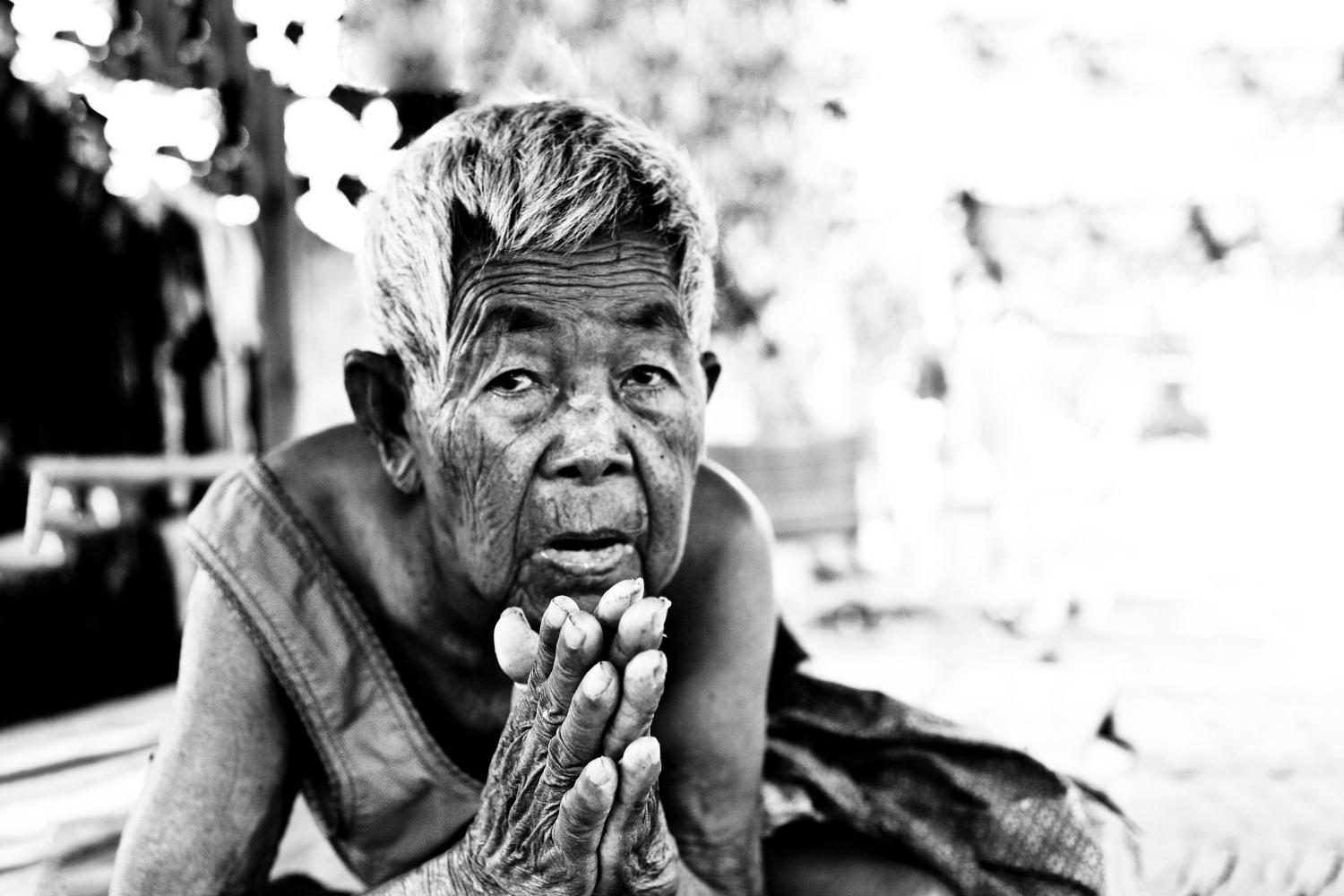Black and white photography is sometimes treated as the "poor relation" of colour photography. After all, why limit yourself to shades of gray when you can use the entire spectrum of colours?
In reality a black and white photo can often look even more stunning and captivating than the colour equivalent. Colour can sometimes act as a distraction in a photo, and removing it can help to re-focus the viewer's attention on the intended subject.
Black and white photography can be largely boiled down to five key concepts. Developing your familiarity with them will help you take more informed black and white shots, and the same concepts can also be used to improve your colour photos.
Shape and Form
When you remove colour from an image you can no longer rely on it to provide interest or a focal point in a scene. This may seem obvious but it can be easy to forget. By doing away with colour we also remove one of the most potentially distracting elements in a photo.
Shape and form become more obvious in the absence of colour. Image by Diego.
Form and shape are all-important in black and white photography. When looking for a good shot, look beyond the colours in a scene and instead focus you attention on the shapes. Arrange them in a way that emphasises the most interesting aspect of the shape, or creates an intriguing composition of different shapes.
Contrast
Without differences in colour to separate elements in your scene, you must instead introduce contrasting shades into your black and white photos.
Use contrast to help separate and define the objects in your scene. Image by gualtiero.
You can use contrast to help your main subject stand out - for example by photographing a light subject against a dark background - and also to add depth by including a variety of tones and shades in your photo.
Pattern
Many patterns, particularly subtle ones, often go unnoticed in colour photos, because the colours draw attention away from the pattern itself. Black and white photography gives you a much better chance of capturing interesting patterns because it focuses the viewer's attention on the shapes formed by the elements in a scene.
Patterns stand out much more when photographed in black and white. Image by Rishi Menon.
Texture
In the same way that patterns can be lost in colour photography, textures can be too. When we see a colour photo, our mind immediately begins to identify and label the elements in the scene, meaning that we often do not really "see" the photo, but instead see our mind's interpretation of it.
Textures add a real depth to a photo, drawing the viewer into it. Image by Ronn Aldaman.
When we photograph in black and white, the mind no longer has that colour information to work with, and so pays more attention to elements such as texture, making them appear much more prominent.
Lighting
Lighting is absolutely key to a good black and white photograph because it affects all of the above elements - shape, contrast, pattern and texture.
When thinking about your lighting, consider how it will influence all of these factors, and choose a setup that enhances as many as possible.
Good lighting is essential in bringing out all of the above qualities. Image by Sean McGrath.
Side lighting often produces the most dramatic black and white photos. It picks out the edges of shapes and increases contrast by adding highlights, and the shadows it creates add interest to the scene as well as enhancing textures and patterns.
